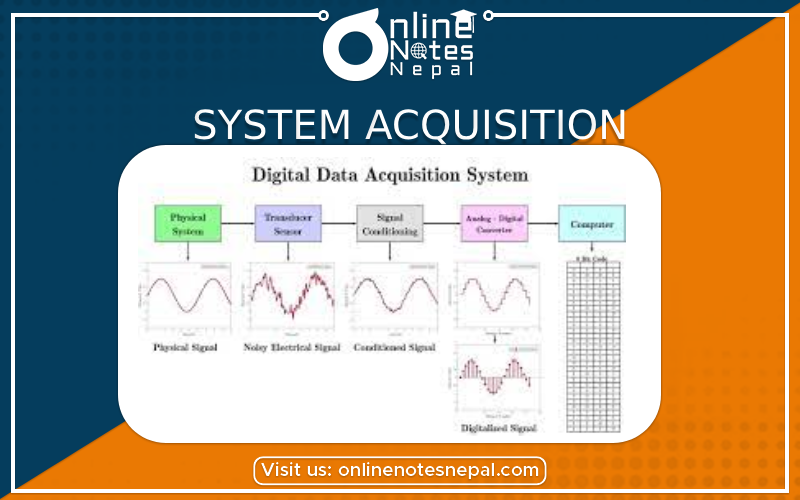Published by: Sujan
Published date: 18 Jun 2021

Different kinds of software are made available for use to users in different ways. The user may have to purchase the software, can download for free from the Internet, or can get it bundled along with the hardware which is called system acquisition. Nowadays with the advent(development) of Cloud computing, many application software are also available on the cloud for use through the Internet, e.g. Google Docs.
The different ways in which the software are made available to users are:
Retail Software is an off-the-shelf software sold in retail stores. It comes with printed manuals and installation instructions. For example, Microsoft Windows operating system.
OEM Software stands for “Original Equipment Manufacturer” software. It refers to software that is sold, and bundled with hardware. Microsoft sells its operating system as OEM software to hardware dealers. OEM software is sold at a reduced price, without the manuals, packaging, and installation instructions. For example, Dell computers are sold with the “Windows 10” OS pre-loaded on them.
Demo-Software is designed to demonstrate what a purchased version of the software is capable of doing and provides a restricted set of features. To use the software, the user must buy a fully- functional version.
EG. Typing master, USB Flash Data Recovery Software, etc.
Shareware is a program that the user is allowed to try for free, for a specified period of time, as defined in the license. It is downloadable from the Internet. When the trial period ends, the software must be purchased or uninstalled. Eg. Different Antivirus Software, IDM etc
Freeware is software that is free for personal use. It is downloadable from the Internet. The commercial use of this software may require a paid license. The author of the freeware software is the owner of the software, though others may use it for free. The users abide by the license terms, where the user cannot make changes to it, or sell it to someone else. E.g. Linux, Debian, Apache, PostgreSQL, different Videogames, etc.
Public Domain Software is free software. Unlike freeware, public domain software does not have copyright owner or license restrictions. The source code is publicly available for anyone to use. Public domain software can be modified by the user. Eg.SHA3, Diamond Trust of London(video game),7-Zip, etc.
Open-Source Software is software whose source code is available and can be customized and altered within the specified guidelines laid down by the creator. Unlike public domain software, open-source software has restrictions on its use and modification, redistribution limitations, and copyrights. Eg. Linux, Apache, Firefox, OpenOffice.